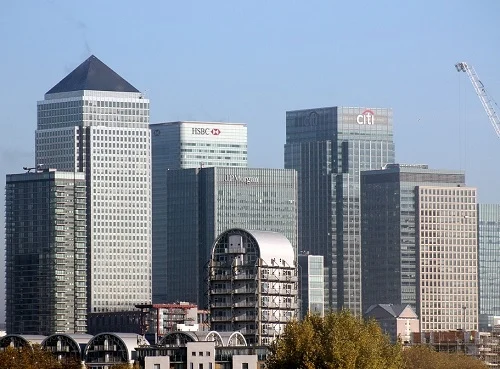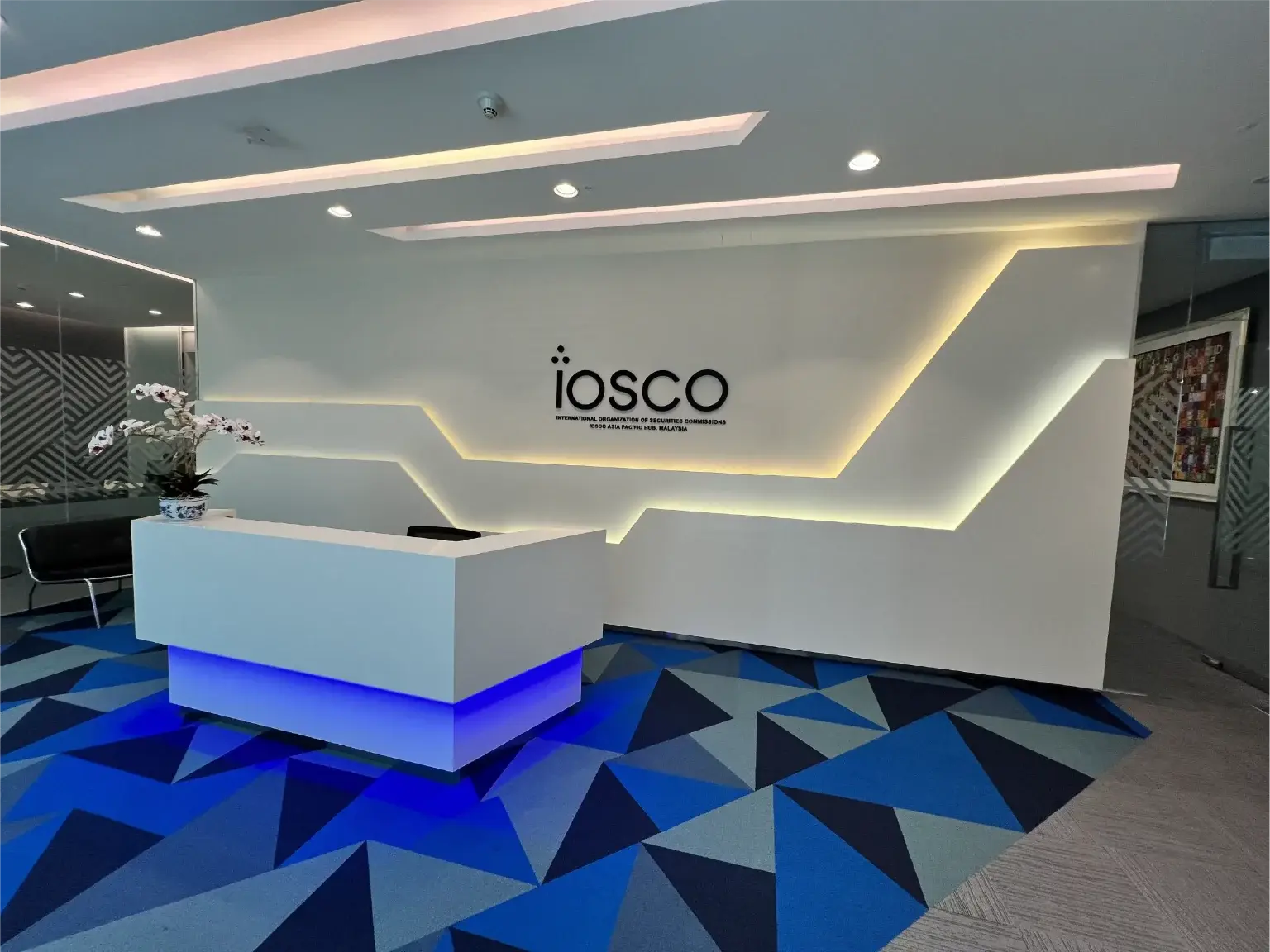
A study of 59 banks and brokerages by market intelligence firm Acuiti found that fewer than one in ten respondents said their post-trade operations were adequate
A lack of strategy compounded by the proliferation of systems means many investment banks’ middle and back offices are not fit-for-purpose, a new report has claimed.
A study of 59 banks and brokerages by market intelligence firm Acuiti found that fewer than one in ten respondents said their post-trade operations were adequate while over one third of respondents said their post-trade processes were inefficient.
The report, sponsored by fintech giant FIS, said that legacy technology, often in the back office, and a piecemeal approach to technology deployment have left many middle and back office staff reliant on multiple systems not designed to work together.
Acuiti found that almost two thirds of respondents have increased the number of vendor systems that they use over the past five years while the majority of firms believe modernisation will require a reduction of their vendor relationships.
Some three in five respondents said they were considering consolidating their vendor relationships. The primary reasons for this were lowered overall cost of ownership and improved straight-through processing.
While the respondents were keen to harmonise their middle and back offices, they did list some challenges around this endeavour, including the length of time taken to implement upgrades, the risk of disruptions during the process of modernisation and the lack of funding.
Some executives interviewed by Acuiti cited the career risk of investing in post-trade systems linked to the possibility of wholesale disruption and the relatively long time for a return-on-investment from post-trade projects.
Acuiti published in February a report that found the commercialisation of market data fees is on an unsustainable path, with costs to market participants rising by an average of between 50% and 100% over the past five years.


